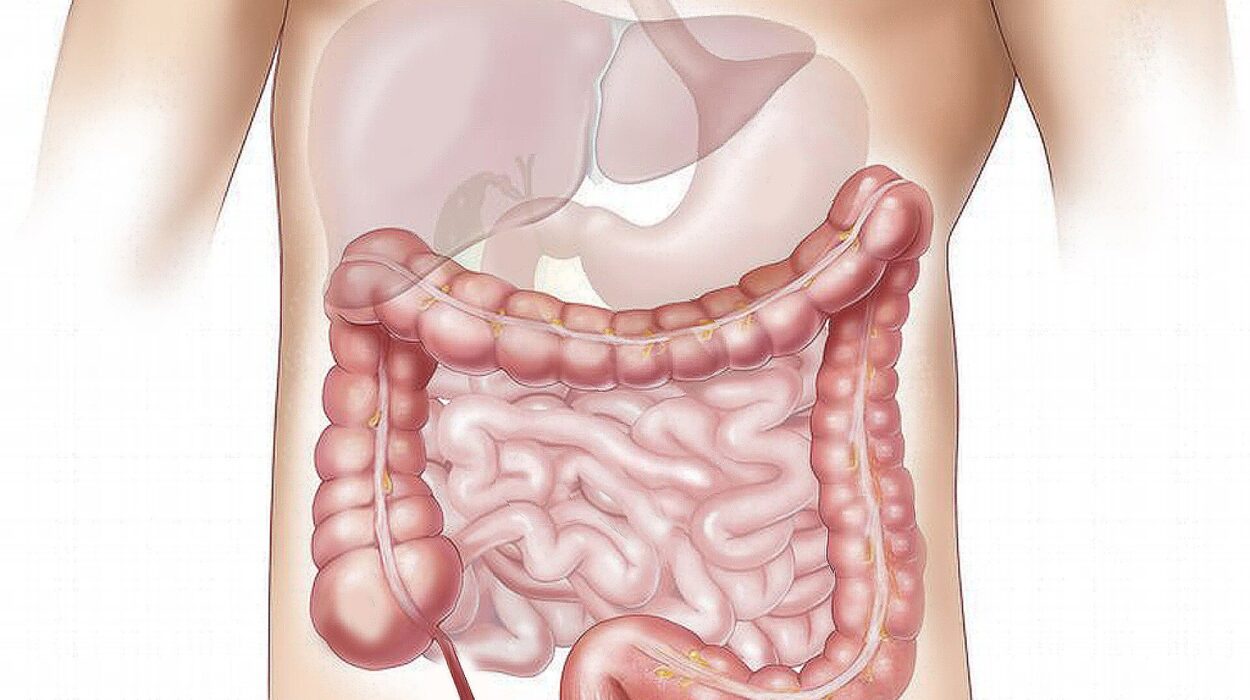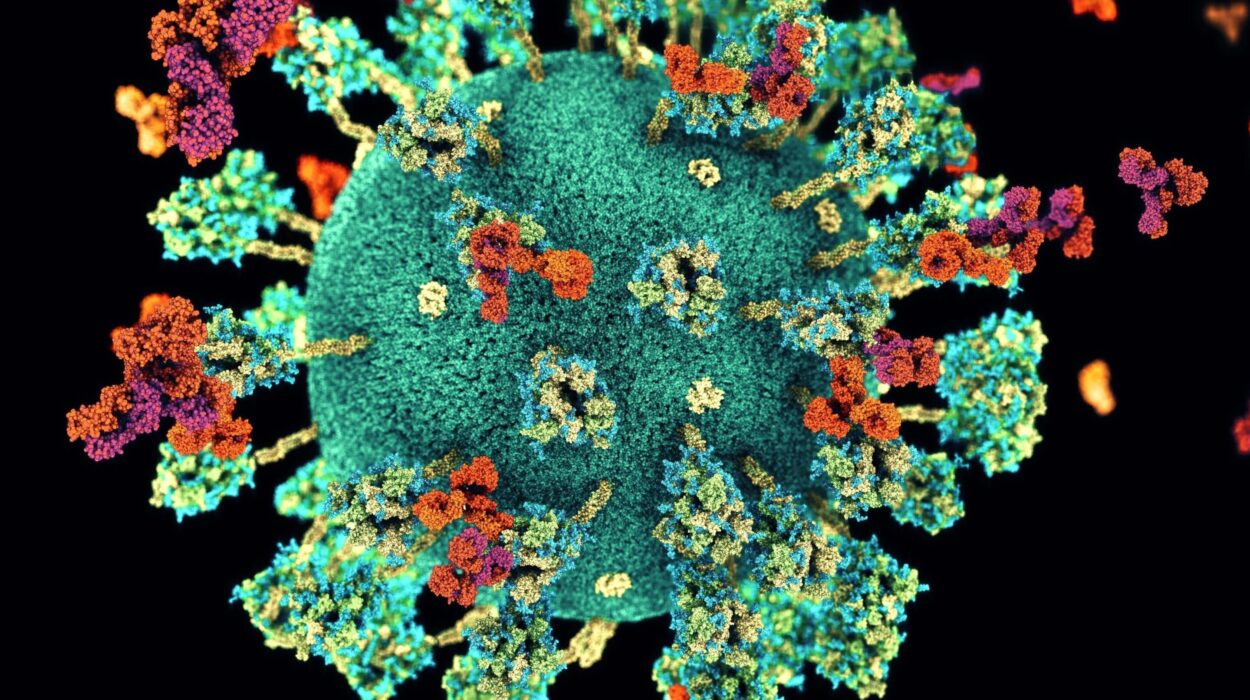Heart disease is the leading cause of death globally, claiming millions of lives each year. It has become a term that is often tossed around in conversations about health, but do we truly understand what it means, what causes it, and how we can prevent it? The heart, an organ that beats tirelessly, is crucial to our survival, and yet, it is vulnerable to a range of ailments that can drastically impact its ability to function. But heart disease isn’t just a medical condition—it’s a societal challenge, one that continues to affect people of all ages, genders, and backgrounds.
In this essay, we will dive deep into the causes of heart disease, examine its symptoms, and explore how we can take steps to prevent it. From understanding the complex biology behind heart disease to the lifestyle choices that can reduce the risk, this journey will shed light on how we can protect the most vital organ in our body—the heart.
The Anatomy of the Heart: How It Works and Why It’s Vulnerable
Before we can truly grasp what causes heart disease, it’s essential to understand the structure and function of the heart. The heart is a muscular organ, roughly the size of a fist, located slightly to the left of the chest, behind the breastbone. It acts as the body’s pump, circulating blood, oxygen, and nutrients throughout the entire body, all while removing waste products.
The heart has four chambers: two atria (upper chambers) and two ventricles (lower chambers). Blood enters the heart through the atria and is pumped out through the ventricles. Oxygen-rich blood flows from the lungs into the left side of the heart and is then pumped to the body, while oxygen-poor blood returns from the body to the right side, to be sent to the lungs for oxygenation.
At the core of heart disease is the disruption of this precise and well-tuned system. When the blood vessels that supply the heart with oxygen-rich blood become narrowed or blocked, the heart is starved for oxygen, which can lead to damage and ultimately, heart failure. Understanding this basic anatomy is the first step in recognizing how things can go wrong, and why heart disease is such a threat to our health.
What Causes Heart Disease? A Complex Web of Factors
Heart disease, also known as cardiovascular disease (CVD), is an umbrella term that includes several different conditions affecting the heart and blood vessels. The most common forms are coronary artery disease (CAD), heart attacks, congestive heart failure, and arrhythmias. The causes of heart disease are numerous, often interconnected, and stem from a combination of lifestyle choices, genetic factors, and environmental influences.
Atherosclerosis: The Silent Culprit
One of the primary causes of heart disease is atherosclerosis, a condition in which plaque builds up inside the arteries. This plaque is made up of fat, cholesterol, and other substances that slowly accumulate in the blood vessels. Over time, the plaque narrows and hardens the arteries, restricting blood flow to the heart. The process can start early in life, often unnoticed, but as it progresses, it becomes a ticking time bomb.
The build-up of plaque can cause blood clots, which may completely block the blood flow to a part of the heart, leading to a heart attack. Atherosclerosis can be caused by several risk factors, many of which are preventable or manageable.
The Role of Cholesterol and Lipids
Cholesterol is often cited as a villain in the conversation about heart disease, but it’s more nuanced than that. Cholesterol is a type of fat that’s essential for building cells, producing hormones, and supporting nerve function. However, when cholesterol levels become imbalanced—specifically when there’s too much low-density lipoprotein (LDL) cholesterol in the bloodstream—it can lead to plaque formation in the arteries.
In contrast, high-density lipoprotein (HDL) cholesterol is often referred to as “good” cholesterol because it helps remove LDL cholesterol from the bloodstream, preventing plaque formation. When the balance tips in favor of LDL cholesterol, the risk of heart disease increases significantly.
High Blood Pressure: The Constant Strain on the Heart
High blood pressure, or hypertension, is another key contributor to heart disease. Blood pressure is a measure of the force that your blood exerts against the walls of your arteries as your heart pumps it around your body. If this pressure is too high for extended periods, it can damage the blood vessels, making them more prone to atherosclerosis and increasing the workload on the heart.
Over time, high blood pressure can cause the heart’s arteries to become stiff and narrow, making it harder for the heart to pump blood efficiently. This can eventually lead to heart failure, where the heart is no longer able to meet the body’s needs for oxygen and nutrients.
Diabetes: A Double Threat
Diabetes, particularly type 2 diabetes, is another major risk factor for heart disease. People with diabetes have higher-than-normal blood sugar levels, which can damage the blood vessels and increase the risk of atherosclerosis. Furthermore, diabetes often coincides with other conditions like high blood pressure and obesity, all of which contribute to an increased risk of cardiovascular disease.
The link between diabetes and heart disease is so strong that individuals with diabetes are two to four times more likely to develop heart disease than those without the condition.
Inflammation: A Hidden Factor in Heart Disease
In recent years, research has increasingly pointed to inflammation as a contributing factor in heart disease. Chronic low-grade inflammation in the body can damage the blood vessels and promote plaque formation. Conditions such as arthritis, autoimmune diseases, and even chronic infections can lead to ongoing inflammation that increases the risk of cardiovascular problems.
Inflammatory markers in the blood, such as C-reactive protein (CRP), are now used by doctors to assess the risk of heart disease. This has opened a new avenue for understanding how lifestyle factors, such as poor diet and stress, can play a role in the development of heart disease.
Genetic Factors: A Legacy of the Heart
Genetics also play a significant role in heart disease. A family history of heart disease increases the likelihood of developing similar conditions. While genetic factors cannot be changed, they often interact with environmental and lifestyle factors, meaning that even those with a genetic predisposition can take steps to minimize their risk.
Certain inherited conditions, such as familial hypercholesterolemia (a condition that causes extremely high cholesterol levels), can also increase the risk of heart disease at a young age. However, for most people, heart disease is the result of a combination of factors, including both genetics and lifestyle choices.
Recognizing the Symptoms of Heart Disease
Heart disease is often referred to as a “silent killer” because its early stages may not show any obvious symptoms. Many people don’t realize they have heart disease until they experience a major event, such as a heart attack or stroke. However, recognizing the signs early can significantly improve outcomes.
Chest Pain and Discomfort
The most common symptom of heart disease is chest pain or discomfort, also known as angina. Angina occurs when the heart is not receiving enough oxygen-rich blood. It often presents as a feeling of pressure, tightness, or squeezing in the chest. The pain may radiate to the arms, back, neck, jaw, or stomach.
It’s important to note that not all chest pain is related to heart disease. Stress, digestive problems, and other conditions can cause chest discomfort. However, if the pain is persistent, recurring, or worsens over time, it should be evaluated by a healthcare professional.
Shortness of Breath and Fatigue
If the heart is not pumping blood effectively, the body may not receive enough oxygen, leading to shortness of breath and fatigue. This is especially noticeable during physical activity, but in severe cases, it can occur even at rest. If you find yourself unusually tired or unable to perform tasks that were previously easy, it could be a sign that your heart is struggling.
Swelling and Fluid Retention
Heart disease can lead to heart failure, a condition in which the heart cannot pump blood effectively. This often results in fluid retention, causing swelling in the legs, ankles, feet, or abdomen. Swelling may be accompanied by a sudden weight gain or difficulty breathing when lying down.
Dizziness and Lightheadedness
A reduced blood flow to the brain can lead to dizziness, lightheadedness, or even fainting. This may occur during physical exertion or while standing up quickly. If these symptoms occur frequently, it could be a sign of heart disease or another circulatory problem.
Irregular Heartbeats
Arrhythmias, or irregular heartbeats, are another symptom of heart disease. An abnormal heartbeat can feel like fluttering in the chest, a racing heart, or skipped beats. Some arrhythmias can be harmless, but others can be life-threatening if left untreated.
Prevention: Protecting the Heart Through Lifestyle Choices
The good news is that heart disease is largely preventable. By adopting a healthy lifestyle, many of the risk factors for heart disease can be controlled, reduced, or even reversed. Prevention doesn’t require radical changes, but it does require consistent effort and attention to your health.
Eat a Heart-Healthy Diet
A balanced diet rich in fruits, vegetables, whole grains, lean proteins, and healthy fats is essential for heart health. Foods high in saturated fats, trans fats, and sodium should be limited, as they can contribute to high cholesterol, high blood pressure, and atherosclerosis.
In particular, omega-3 fatty acids found in fish like salmon and walnuts have been shown to reduce inflammation and lower the risk of heart disease. A diet high in fiber can also help lower cholesterol and maintain a healthy weight.
Exercise Regularly
Physical activity is one of the most effective ways to prevent heart disease. Regular exercise strengthens the heart, improves circulation, and helps maintain healthy blood pressure and cholesterol levels. Aim for at least 150 minutes of moderate-intensity exercise each week, such as walking, cycling, or swimming.
Quit Smoking and Limit Alcohol Consumption
Smoking is a major risk factor for heart disease. The chemicals in cigarettes damage the blood vessels, increase blood pressure, and reduce oxygen levels in the blood. Quitting smoking is one of the best things you can do for your heart.
Similarly, excessive alcohol consumption can raise blood pressure and contribute to heart disease. Moderation is key, with recommendations suggesting no more than one drink per day for women and two for men.
Manage Stress and Get Enough Sleep
Chronic stress can lead to high blood pressure and other heart disease risk factors. Finding healthy ways to cope with stress, such as through relaxation techniques, mindfulness, or hobbies, can benefit your heart. Additionally, getting enough quality sleep—typically 7-9 hours per night—is crucial for overall heart health.
Regular Check-Ups and Monitoring
Finally, regular check-ups with your healthcare provider are essential. Monitoring blood pressure, cholesterol levels, and blood sugar can help identify heart disease risk early on. If you have risk factors, your doctor can work with you to develop a plan to manage them and prevent heart disease from developing.
Conclusion: A Heart That Keeps Beating
Heart disease may be common, but it is not inevitable. Through understanding its causes, recognizing the symptoms, and taking proactive steps to prevent it, we can protect ourselves and our loved ones from the dangers of cardiovascular disease. It’s not just about living longer—it’s about living healthier, with a heart that continues to beat strong and steady throughout our lives.






